
Our trip to Lumbini, the birthplace of Buddha, was an ad hoc decision just a few days before we concluded our Annapurna Base Camp trek.
So, how did this idea suddenly come to us? When we shared photos of our trip to Nepal on social media, people started asking us whether we planned to visit Lumbini. Initially, we paid little attention to it, but then we received similar messages from several friends.
So we decided to make the most of our time. Our guide, VJ from Grande Adventure, arranged for us to fly from Pokhara to Lumbini last minute, spend the night, and then return to Kathmandu the next day before heading home.
We departed for Pokhara airport in the morning, but our flight was delayed. As a result, we could only reach Lumbini at about 1 p.m.
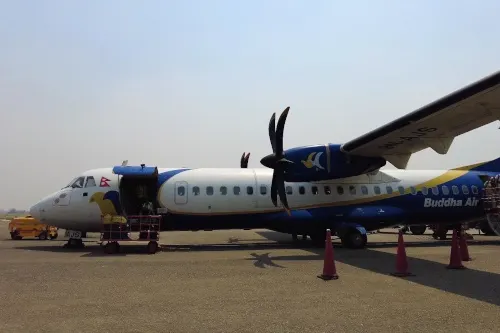
Arrived at Lumbini
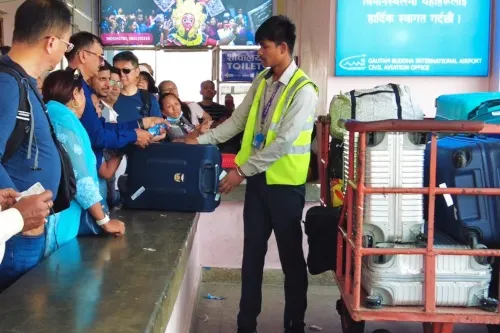
After reclaiming our luggage, we took a van to our hotel, which is located near the Lumbini Monastic Site. It took us about 30 minutes to reach it. It was already quite late when we checked into Ananda Inn.
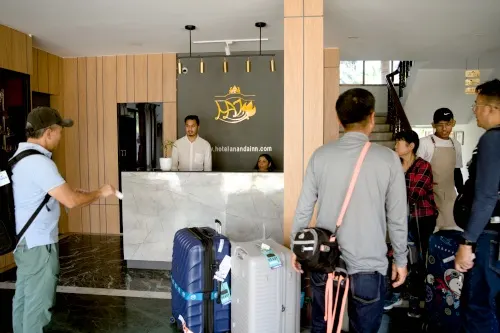
After a late lunch, we promptly booked a local Tuk-tuk to visit the monasteries built by various countries at the Lumbini Monastic Site.
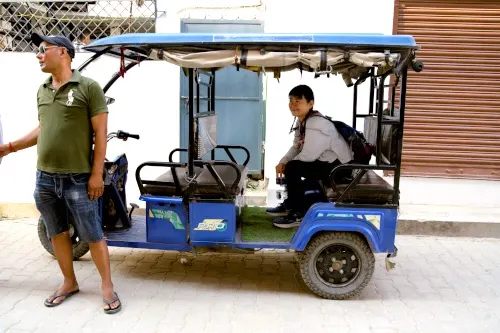
Lumbini Monastic Site
Lumbini Monastic Site encompasses several temples and monasteries, providing a glimpse into Gautama Buddha's life and the significance of Buddhism. This place is the birthplace of Gautam Buddha and holds significant spiritual, philosophical, religious, and mystical importance.
These monasteries are established and funded by various individuals from the country of origin. Among the many beautiful monasteries and pagodas, we sample a few that are more famous: Thai Monastery, Germany, Singapore, China, Vietnam, and Cambodia Lumbini Buddhist Temple.
The Monastery that we visited
The first monastery we visited was the Thai monastery.
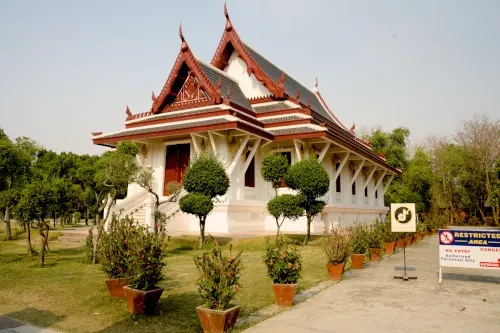

The second monastery we revisited was the Singapore Monastery.

Each monastery is from a different country and has unique architecture and design. The Germans built the next monastery we visited.
I am impressed by the design of this monastery's garden, which depicts the life of the Buddha from birth to enlightenment under the Bodhi tree to his passing.
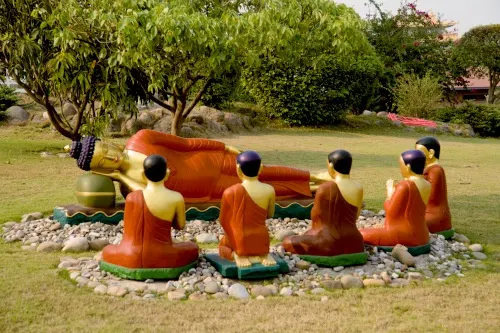

The French monastery boasts a unique design featuring a statue of the little Buddha.

After that, we visited the Chinese monastery. Most monasteries were recently built, but the China Monastery is relatively older. Our guide mentioned that it was there even when he was young.

The next monastery we visited was the Vietnamese monastery. It was closed for refurbishment, but one of our teammates, who can converse in Vietnamese, spoke to the staff in charge, and eventually, they allowed us to visit.

The last monastery we visited was the Cambodian Monastery.



Each monastery has a unique design, and it would take us a few days to see all of them. As the sun was setting and it was getting dark, we decided to stop and instead visit the more significant place: the birthplace of Buddha at Mayadevi Temple.
Lumbini Garden
We needed to walk through Lumbini Garden to reach the temple. We photographed the Eternal Peace Flame,
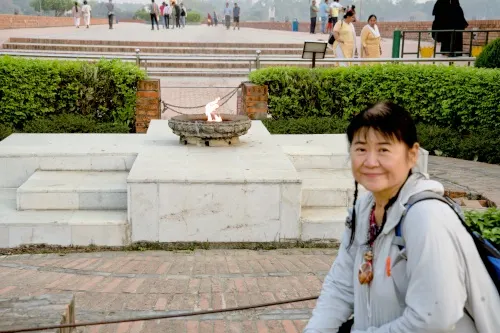
The Lumbini World Peace Bell is a famous monument adjacent to the Eternal Peace Flame. This large, 1.5-ton bell is dedicated to promoting world peace. The bell symbolizes peace and unity and encourages visitors to reflect on these ideals.

The Eternal Peace Flame is a lamp that burns continuously, day and night. Positioned at the canal's southern end in the garden's center, this flame was ignited in 1986 to mark the International Year of Peace. It was acquired from the United States to promote peace and harmony. Serving as a symbol of peace and eternal light, the Eternal Peace Flame holds a special significance in Lumbini, the birthplace of Lord Buddha.
We have to hurry as the sun is setting soon. After purchasing the entrance ticket, we went straight into the temple.

Maya Devi Temple
The Maya Devi Temple is named after Queen Maya Devi, the mother of Gautama Buddha.
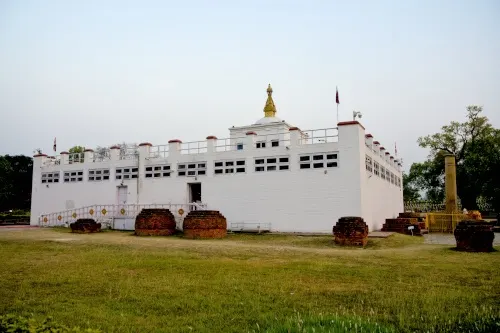
It is a historic Buddhist temple in Lumbini, Nepal, a UNESCO World Heritage Site widely regarded as the birthplace of Gautama Buddha.
The temple is adjacent to a sacred pool called puskarni and a sacred garden. This sacred pond is believed to be where the little prince Siddhartha took his first bath.


The temple is located at the exact place where Siddhartha Gautama was born. It is a large white building that contains remnants of an ancient shrine to the Buddha. We entered to view the ruins but were not allowed to take photos inside the temple.
Inside the temple's main structure, there is a green marker stone believed to contain the location of Buddha. A glass case protects the stone.
According to Buddhist legends, Queen Mayadevi, en route to her father's kingdom, sought respite in the garden of Lumbini under a Sal tree. It was here that she unexpectedly went into labor and gave birth to Gautama Buddha.
Outside of Maya Devi Temple, the Sacred Garden area is known for its serene atmosphere. Many monks gather beneath the trees and prayer flags, silently reciting mantras and meditating.


The birth of Buddha is believed to have occurred in Lumbini in 623 BC. Indian emperor Ashoka later confirmed the historical accuracy of this event through a Pāli inscription on a pillar, now known as the Ashoka pillar, which he erected to honor the birthplace of Buddha.
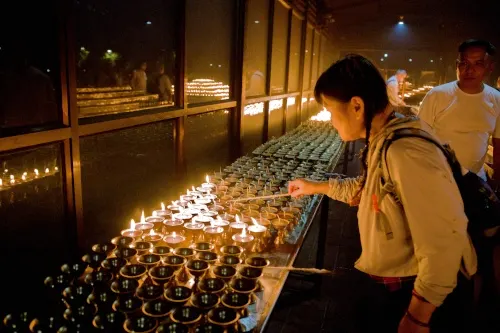
Other places to visit
We only managed to visit two sacred sites, Maya Devi Temple and the Lumbini Monastic Site, as it was a last-minute decision. If we had more time, we could see additional places like the Lumbini Museum and the World Peace Pagoda. We had initially planned to spend more time in Pokhara, but we managed to squeeze in a short visit to Lumbini. Despite the brief visit, we're happy we decided to visit Lumbini, knowing we might not have another chance. It would have been regrettable, considering we were just a short flight from Pokhara.
Video
Please watch the video we made for our trip on YouTube. As below:
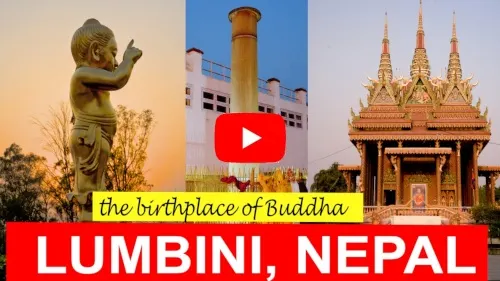
Other posts about our Nepal trip and related videos
- If you're interested in reading about our Nepal trip, you can access all our articles by following this link.
- We have also posted all related YouTube videos for those who prefer watching videos at this link.
VJ Tamang, owner and tour guide of Grande Adventure, expertly organized and made our trip enjoyable. VJ can be contacted at https://www.grandeadventure.com/contact-us/ or through https://web.facebook.com/GrandeAdventures.
